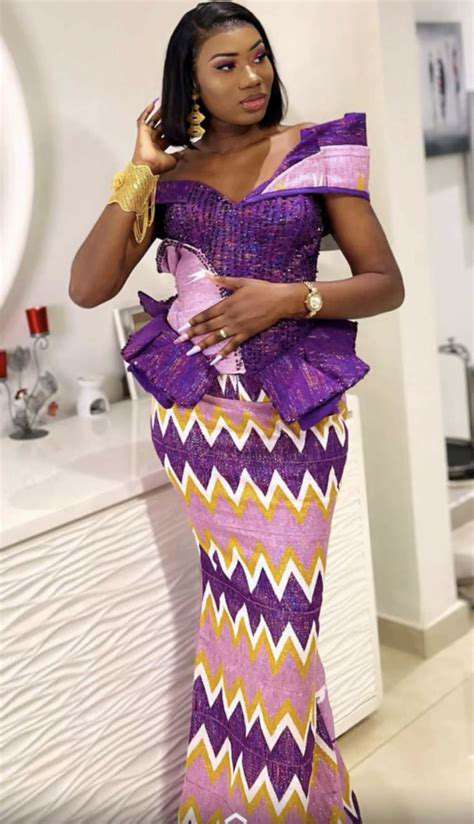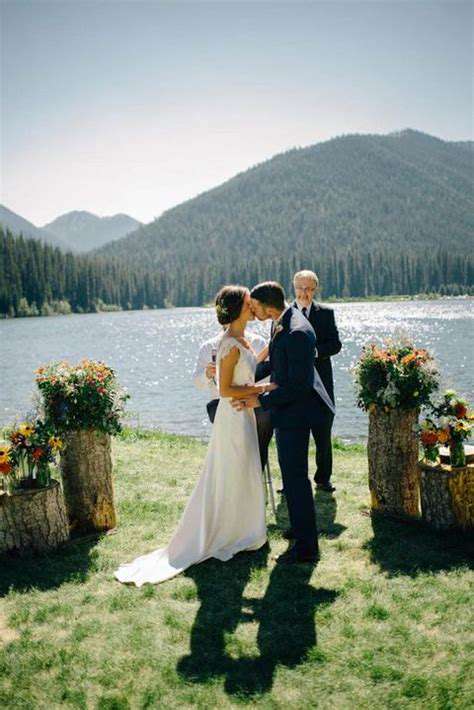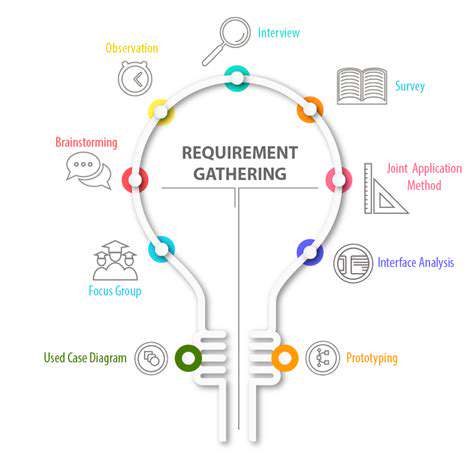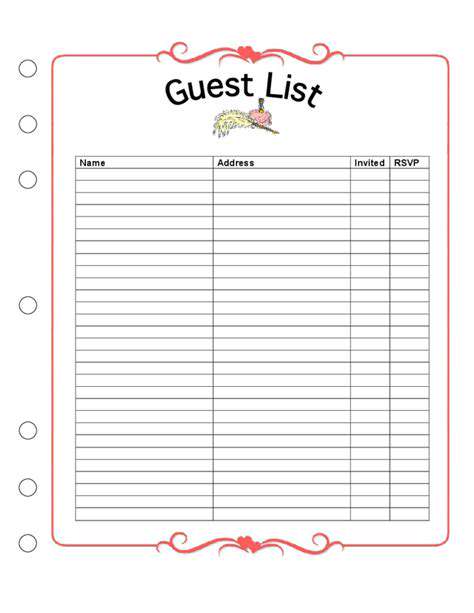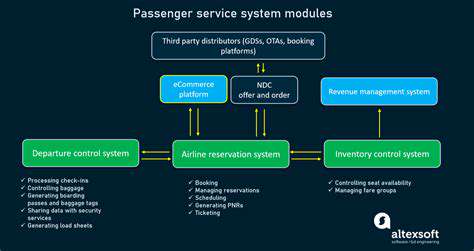Ultimate Wedding Planning Guide for Stress Free Celebrations
Table of contents
Identify major wedding costs for better financial organization.
Research average costs in your area to set a realistic budget.
Prioritize wedding expenses based on what matters most to you.
Include a budget buffer for unexpected last-minute costs.
Use budgeting tools to simplify expense tracking and management.
Communicate clearly with vendors about budget and payment structures.
Regularly review and adjust your budget to avoid overspending.
Create a timeline with milestones for critical wedding tasks.
Include buffer days in your timeline for unexpected delays.
Maintain open communication within your wedding support team.
Carefully select your venue for aesthetic and logistical fit.
Curate a balanced guest list within venue capacity limits.
Thoroughly research vendors for the best fit for your wedding.
Establish a detailed schedule twelve months in advance for effective planning.
Include a contingency fund for unforeseen wedding expenses.
Choose bridal attire and groom's suit well in advance for proper fittings.
Set Your Budget with Precision
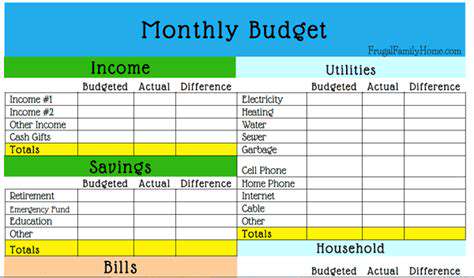
Understand Your Overall Wedding Costs
- Identify major cost categories for your wedding.
- Consider both fixed and variable expenses.
- Recognize the importance of hidden costs.
A Wedding Budget is not just about numbers; it encompasses various aspects that require attention. You need to identify all major cost categories, including venue, catering, attire, and photography. Being aware of these categories will allow you to organize your finances more effectively and allocate funds appropriately.
Additionally, it's essential to differentiate between fixed costs, like your venue rental fee, and variable expenses that might fluctuate, such as decorations. Having a comprehensive view helps you understand how each expense contributes to the overall picture.
Research Average Wedding Expenses
Conducting thorough research on average costs specific to your location is critical in setting your budget. For instance, according to The Knot's 2021 Real Weddings Study, the average cost of a wedding in the United States was around $28,000. Understanding these averages can provide a realistic starting point for your budget.
Each region will have different pricing, so ensure you focus on your target area. Look for local resources, vendors, and community insights that can provide current pricing trends. This helps in determining what you can realistically afford.
Prioritize Your Spending Categories
Every couple should sit down and prioritize what aspects of the wedding matter most to them. If photography and live music are top priorities, allocate a larger portion of your budget to those areas while adjusting others accordingly. Prioritization ensures you spend your money where it counts the most for a memorable event.
Using methods such as visual diagrams or priority matrices can help map out where your funds should ideally go. This structured approach can make discussions with your partner more straightforward and lead to decisions that reflect both of your wishes.
Include a Buffer for Unexpected Expenses
No planning is complete without room for unexpected costs. Budgeting for at least 10% to 15% of your total budget as a buffer is wise. This extra cushion can be a lifesaver when vendors raise prices, or last-minute changes become necessary.
Additionally, couples often forget about miscellaneous expenses like tipping or postage for invitations. Including these can prevent financial surprises later on, which maintains the integrity of your core budget.
Utilize Wedding Budgeting Tools
In this digital age, there are numerous tools available that can assist in keeping your wedding budget on track. Budgeting apps specifically designed for wedding expenses can streamline your financial management, allowing easy categorization and monitoring of your spending. A popular option is WeddingWire, where you can also find vendor reviews.
Excel spreadsheets are also a classic yet effective way to maintain a budget. They allow for customization that fits your needs. Regardless of the tool you choose, staying organized and updating your expenses regularly will greatly enhance your planning experience.
Communicate with Your Vendors
Effective communication with your vendors can mitigate financial stress and keep your budget intact. Once you’ve settled on your key vendors, ensure you discuss payment structures clearly—whether payments are due upfront, at the event, or split over time.
Being upfront about your budget with these professionals can also lead to better suggestions tailored to your financial capabilities. Often, they have creative alternatives or discounts that can help you stay within your desired budget while still achieving your vision.
Review and Adjust Your Budget Regularly
Reviewing your budget regularly is just as crucial as setting it. As you make decisions and secure vendors, constantly revisit the document to track your spending and compare it against your original estimates. This practice can be instrumental in avoiding overspending or discovering areas where you can cut back if necessary.
Engaging in monthly reviews helps keep financial commitments fresh in your mind and provides opportunities for adjustments. Remember, being flexible and realistic about your changing circumstances can lead to a more comfortable planning experience.
Create a Realistic Timeline
Establishing Milestones
Creating a timeline begins with clearly defined milestones. Start with the wedding date, then work backward to identify critical deadlines for key tasks, such as booking venues and hiring vendors. For instance, if your wedding is in six months, major vendors should be booked within the first month to secure availability.
Additionally, ensure to incorporate milestones for purchasing wedding attire, sending invites, and organizing rehearsals. Having these milestones visible in a checklist format will help you keep track of progress and reduce the likelihood of overlooking essential tasks.
Allocating Time for Each Task
Each component of the wedding requires varying amounts of time and attention. Budget ample time for significant tasks, like arranging catering and floral design. For instance, catering may take a full month of tasting sessions to finalize a menu that suits your guests and fits your theme.
On the other hand, tasks like outfit fittings or finalizing the guest list may only need a week or two. This approach allows for flexibility in your schedule, accommodating potential last-minute changes, which are common in wedding planning.
Incorporating Buffer Days
Surprises can happen in any wedding planning process, requiring a cushion in the schedule. Including buffer days within your timeline helps manage stress. For example, if a vendor faces delays or a fitting doesn't go as planned, having extra time pre-wedding will give you several days to troubleshoot. Experts suggest including at least 10-15% of your timeline as buffer time to maintain peace of mind.
Reviewing and Adjusting the Timeline
Your initial timeline is a working document, so reassessing it regularly is crucial. Schedule dedicated intervals, like bi-weekly reviews, to examine what has been completed and what still needs addressing. If you notice some tasks are taking longer than expected, adjust your timeline accordingly.
Moreover, consider sharing your timeline with your partner or bridal party, enabling everyone to stay informed and engaged. This collaborative approach not only helps manage everyone’s expectations but also distributes the planning burden, ensuring a smoother journey to the big day.
Gather a Reliable Support Team
Identify Key Roles within Your Support Team
When assembling your Wedding planning support team, it's essential to define the key roles you'll need filled. This typically includes a wedding planner, who will oversee the entire process, coordinating various vendors and ensuring that everything runs smoothly on your special day. Depending on your budget and vision, you might also choose to enlist a day-of coordinator, whose focus is solely on managing tasks and timelines as your wedding day unfolds. Additionally, consider including supporting roles such as a maid of honor, best man, or trusted friends who can help manage specific tasks that don’t overload your primary planner.
Inclusion of family members as part of your support team can also prove beneficial, particularly if they possess relevant experience or skills. For instance, a family member with a knack for organization could help with meticulous details, while another adept at budgeting could assist in keeping costs in check. Assess the strengths of those around you, and don’t hesitate to delegate tasks where possible; it not only alleviates stress, but it can help engage your loved ones in the planning process.
Establish Open Communication Channels
Effective communication is paramount when working within your support team. Set up regular meetings or check-ins to maintain a cohesive approach to planning, ensuring everyone is up-to-date on decisions and timelines. Utilizing group chats or collaborative project management tools like Trello or Asana can keep everyone informed and engaged, reducing the chances of overlooked tasks or miscommunication. Establish clear guidelines for how and when you’ll relay updates; this reduces confusion and ensures accountability across the team.
Furthermore, encourage an environment where team members feel comfortable sharing ideas, concerns, and feedback. This openness can lead to new ideas and solutions that you may not have explored independently. Remember, your support team is there to assist you, so actively seek their input while ensuring that their roles remain respected and valued throughout the planning process.
Focus on the Details that Matter

Understanding the Importance of Venue Selection
Choosing the Right Venue is one of the most critical decisions in wedding planning. It sets the tone and ambiance of the event, impacting not just aesthetics but logistics as well. Research shows that nearly 33% of couples consider venue location as the top priority when planning their wedding.
When selecting a venue, think about the accessibility for your guests; ensure that it's easy to reach via public transport or has ample parking space. You should also consider the time of year, as certain venues may shine in specific seasons. Additionally, checking for availability is essential since popular venues can book up quickly. Don’t hesitate to visit multiple locations to see which one aligns best with your vision.
Curating Your Wedding Guest List
The guest list is often the most challenging aspect of wedding planning. It's vital to strike a balance between personal connections and the venue capacity. The best approach is to prioritize who you want to invite, dividing them into categories like immediate family, close friends, and acquaintances. Statistically, couples invite around 125 guests on average, but this number can vary.
- Begin with a rough draft of your list.
- Consult with your partner and family for insights.
- Be mindful of your venue's capacity limits.
- Consider budget constraints, as more guests can lead to higher costs.
Ultimately, it's about curating an environment filled with love and support, which can make your day more special. Don’t hesitate to reassess your list as you move forward; sometimes, less really is more!
Paying Attention to Key Vendor Partnerships
Your wedding day depends a lot on the vendors you select, from caterers to photographers. Research thoroughly to ensure you’re hiring professionals who align with your wedding vision and budget. It's advisable to seek recommendations and read reviews to streamline your vendor selection process. Often, working with well-reviewed vendors can minimize stress and unexpected surprises.
When interviewing potential vendors, be upfront about your vision and expectations. Make sure to request a portfolio or examples of their previous work. Remember, clear communication is essential; discuss terms thoroughly to avoid miscommunication. It's also wise to establish contracts to protect both parties.
In conclusion, careful vendor selection can greatly enhance your wedding experience, making each moment flawless and memorable. Don’t rush the process – it's worth taking the time to find the right fit!
Enjoy the Journey

Understanding the Planning Process
The first step in any successful wedding planning process is to establish a timeline. Typically, couples should start planning at least 12 months in advance. Creating a detailed schedule not only keeps you organized but also alleviates last-minute stress. Prioritize tasks such as venue selection, vendor booking, and dress fittings to ensure a smooth progression.
Furthermore, consider using digital tools like wedding planning apps or project management software. These tools can help track budgets and manage guest lists efficiently. Staying on top of these tasks can prevent overwhelming feelings as the big day approaches.
Budgeting for Your Dream Wedding
- Identify overall budget constraints.
- Allocate funds for each aspect of the wedding.
- Consider non-traditional budgeting methods.
Establishing a clear budget is crucial for any wedding. Couples should aim to break down expenses into categories such as venue, catering, attire, and entertainment, making it easier to visualize where funds are allocated. It’s also wise to include a contingency fund of at least 10% of your total budget for unforeseen costs.
When setting your budget, think about prioritizing what aspects matter most to you. This can lead to making thoughtful decisions, such as spending more on photography if capturing memories is a priority.
Selecting the Perfect Venue
The venue is often the centerpiece of your wedding; it sets the tone for the entire celebration. When exploring potential sites, pay attention to not only style and capacity but also logistics such as parking and accessibility. Ensure that the venue's availability aligns with your desired wedding date early on in the process.
Another essential aspect is visiting venues in person to get a feel for the space. Virtual tours can be helpful but may not capture nuances such as acoustics or lighting. Looking beyond the aesthetic appeal, assessing the venue's services and rules can prevent unexpected issues later.
Choosing Vendors Wisely
- Research vendors thoroughly.
- Request multiple quotes for better comparisons.
- Read reviews and seek recommendations.
When it comes to vendors, the options can be overwhelming, but making informed choices is key. Each vendor plays a significant role in your wedding day, whether it’s the caterer, florist, or photographer. Spend time researching and interviewing vendors to find the right fit for your vision.
Don’t hesitate to ask for references or to see a portfolio of their previous work. This can provide peace of mind and assure you of their capabilities. Being thorough in your vetting process ultimately helps in securing the best talents for your event.
Bridal Attire and Groom’s Suit
Choosing the right bridal gown and groom’s attire requires careful consideration and time. Start exploring styles early, as it often takes several fittings to get everything just right. Pay attention to the fabric and the fit, especially if you plan to move around a lot on your wedding day.
On the groom's side, it is important to consider color coordination with the bridal attire. Visiting multiple boutiques can help in making the right choices based on fabric, style, and comfort level. Always keep your wedding theme in mind when selecting attire, as it can influence overall aesthetic cohesion.
Planning the Simplest Ceremony and Reception
- Focus on what reflects your personality as a couple.
- Decide on key elements such as vows and music.
- Choose a seating arrangement that fosters intimacy.
Austere ceremonies can be just as impactful as grand ones. To create a memorable experience, focus on what resonates with you as a couple. Whether you prefer a traditional exchange of vows or something uniquely personal, ensure every aspect reflects your love story. Incorporating personal touches often leads to a more heartfelt and engaging experience for guests.
When planning the reception, consider elements such as seating arrangements and entertainment options. A carefully curated seating plan fosters connection, allowing guests to mingle comfortably. Paying attention to these small details can significantly enhance the enjoyment of your celebration.
Read more about Ultimate Wedding Planning Guide for Stress Free Celebrations
Hot Recommendations
- How to Choose the Right Wedding Photographer for Your Big Day
- Step by Step Guide to Wedding Venue Decoration
- Expert Advice on Choosing the Right Wedding Venue
- Creative Vintage Wedding Themes for a Retro Celebration
- Inspiring Beach Wedding Ideas for a Unique Celebration
- Affordable Wedding Venue Ideas for Every Style and Budget
- Step by Step Wedding Planner Checklist for Every Bride and Groom
- How to Plan a Timeless Wedding with Detailed Budgeting Strategies
- Ultimate Wedding Venue Selection Guide for Couples
- Essential Wedding Planning Tips for First Time Brides


